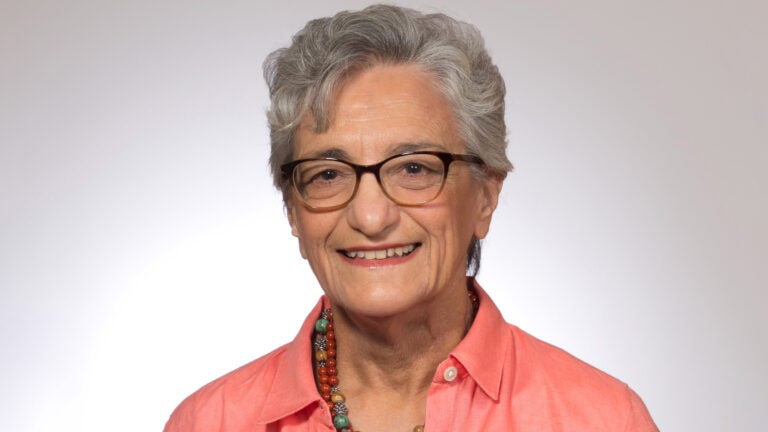
Genevieve Giuliano is the interim dean and Distinguished Professor of Public Policy and Ferraro Chair in Effective Local Government at the USC Price School of Public Policy. (Photo/Tom Queally)
How Fed rate cuts could fast-track California’s transit upgrades: Q&A with Genevieve Giuliano
Lower interest rates could speed up California’s transportation projects, potentially reducing costs and accelerating construction ahead of the 2028 L.A. Olympics.
The U.S. Federal Reserve announced a 0.5% interest rate cut this week — its first cut since March 2020 — in an effort to stimulate the economy as inflation begins to cool.
The move comes at a critical time for California as the state works to upgrade its transportation infrastructure, with a major focus on preparing for the 2028 Summer Olympic and Paralympic Games in Los Angeles.
Lower interest rates will help fund these essential upgrades to California’s aging roads, bridges and public transit systems, USC experts say. Reduced borrowing costs would make it more affordable for government agencies and private investors to contribute to these vital projects.
USC News spoke with Genevieve Giuliano, an expert in transportation policy and planning, for insights into how the upcoming rate cuts could affect California’s transportation future. Giuliano is the interim dean and Distinguished Professor of Public Policy and Ferraro Chair in Effective Local Government at the USC Price School of Public Policy.
How might the Fed’s planned interest rate cuts influence public and private investment in California’s transportation infrastructure?
Giuliano: Lower interest rates make borrowing cheaper, reducing overall costs. Much of California’s transportation infrastructure, including rail and bus systems and new freeway lanes, is publicly funded. Interest rate cuts can lower borrowing costs for the private contractors responsible for construction, resulting in reduced construction costs and allowing public funds to stretch further.
What potential effects could lower interest rates have on financing and developing major transportation projects, such as high-speed rail or highway expansions?
Giuliano: While most infrastructure is publicly funded, private funding is used in certain cases. For instance, public-private partnerships may be sought to build rail stations or high-occupancy toll (HOT) lanes. In such cases, private capital markets provide initial funding, with revenues from the project, such as commercial rents or tolls, used to repay loans. Here, interest rates are crucial, as they directly affect the loan repayment burden. For some projects, the interest rate can make the difference between it being financially viable or not.
How do the 2028 Los Angeles Olympics factor into these plans, if at all?
Giuliano: Sales tax revenue is a key funding source for transportation in Los Angeles, with county sales tax measures generating billions of dollars annually. These funds are often used as collateral for loans to accelerate construction on projects. For example, L.A. Metro secured a low-interest federal loan for the Crenshaw/LAX rail line and is using Measure M sales tax revenue to pay it off. This approach allows projects to be completed before the 2028 Los Angeles Olympics.



